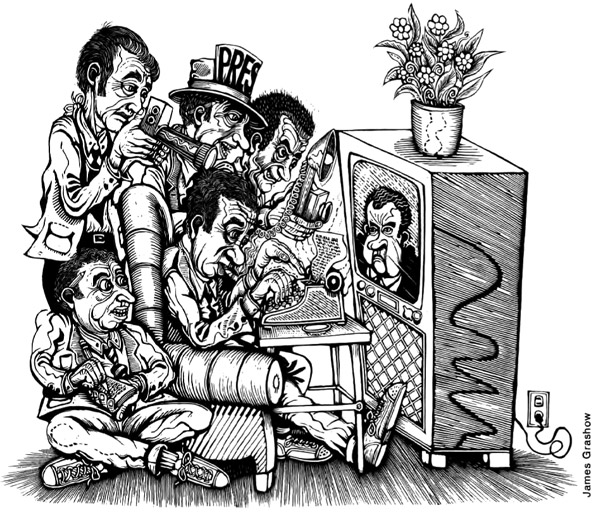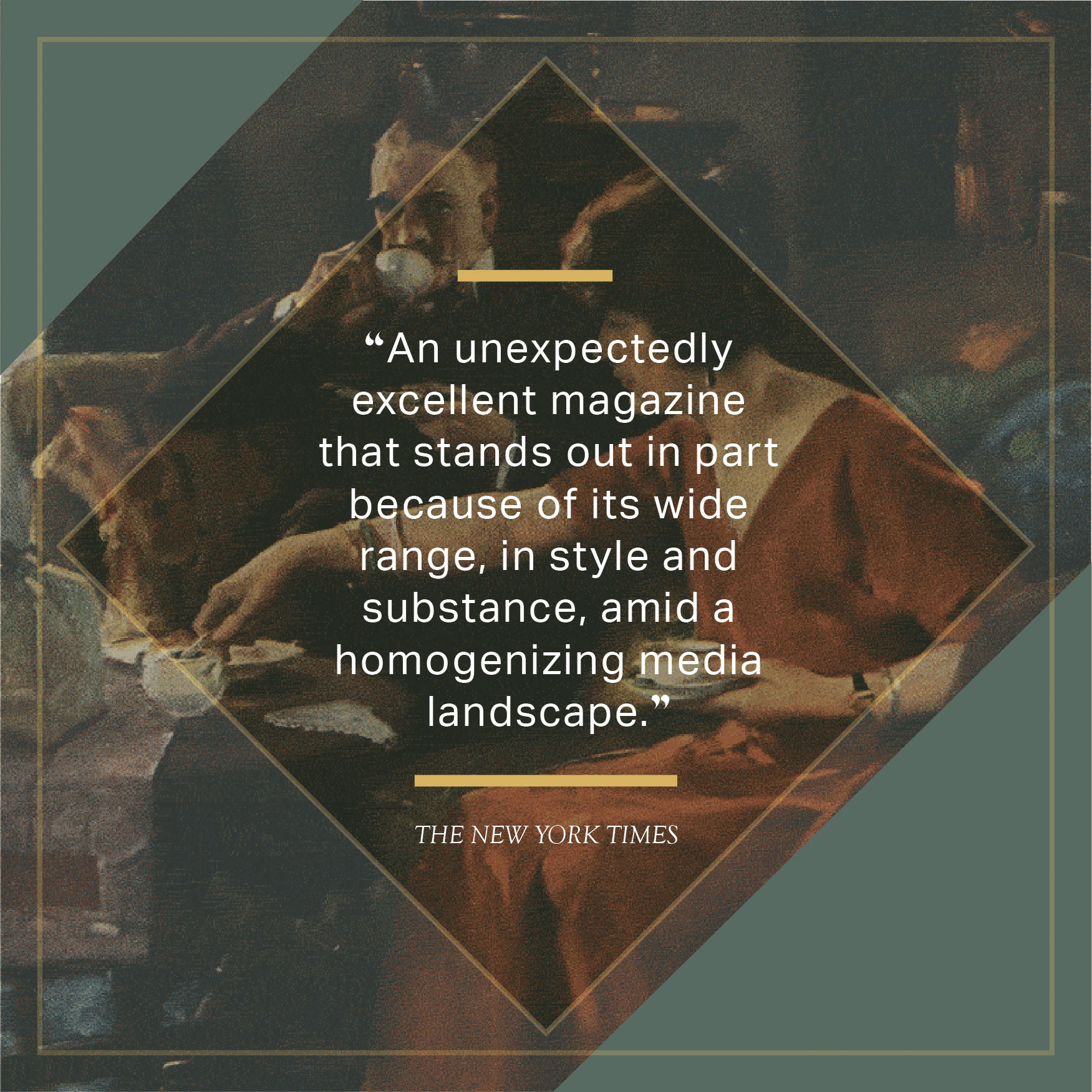
One need not be American to know that sport is play and play is freedom. It’s not a secret kept from children in Tahiti or Brazil. Dogs romp, whales leap, penguins dance. That play is older than the kingdoms of the Euphrates and the Nile is a truth told by the Dutch scholar, Johan Huizinga, in Homo Ludens, his study of history that discovers in the “primeval soil of play” the origin of “the great instinctive forces of civilized life,” of myth and ritual, law and order, poetry and science. “Play,” he said, “cannot be denied. You can deny, if you like, nearly all abstractions: justice, beauty, truth, goodness, mind, God. You can deny seriousness, but not play.” —“Field of Dreams: The CIA and Me and Other Adventures in American Sports,” Lewis Lapham, truthout
How soccer explains our warlike nature;
how a seven-foot Spaniard explains hoops cosmopolitanism;
how K-pop escalated the war
The reading consisted of one live and surprising voice after another. The poets, men and women, ranged in age from their late thirties to early fifties. They belonged, as did Zhai Yongming, to what critics were calling the New Generation. All of them seemed to me interesting, and—the most surprising thing about them—interesting in different ways. Over the years I’d attended a few international literary gatherings at which Chinese poets had read their work. In those years, in the 1980s and 1990s, you did not, in the first place, know whether the poets you were hearing were the actual poets, given the People’s Republic’s tight control of its public culture, but you did know that, if they were the actual poets, they were nevertheless writing in some utterly opaque code. Poets from around the world—from Vietnam and the Netherlands and Brazil and Canada, quite different from one another, coming from quite distinct literary traditions—were part of the same conversation. They were trying to invent in language, trying to say what life was like for them, to bear witness to it, to find fresh ways of embodying the experiences of thinking and feeling and living among others. That was what I was suddenly hearing in Beijing—that familiar, exhilarating sound, not so much of poetry, but of the power of the project of poetry. It felt like something very alive and new was stirring in China. — “Two Poets,” Robert Hass, The Believer
Recalling the three-way Christ cage match;
“pure Kafka” in the Gulf;
how big is “hella” big? an answer may be forthcoming
But it’s “fag hag” that resonates in the public consciousness. The researchers note that both in popular media and everyday expression, the term conjures up the image of an unattractive, overweight, desperate woman who seeks out the company of gay men to compensate for her lack of romantic attention from straight guys. Sorting through anecdotes from previous interview studies, television depictions and cheap romance novels, the authors find that other common stereotypes paint the fag hag as being notoriously camp, overly emotional, unstable and as craving attention (e.g., Megan Mullally’s character Karen Walker from Will & Grace). What’s especially fascinating is the authors’ observation that this social category of women who like men who like men may be “cross-culturally robust.” The French refer to such women as soeurettes (“Little Sisters”), the German brand them as Schwulen-Muttis (“Gay Moms”), and the Mexicans know them as joteras (“jota” is commonly used for “fag”). In Japan, these women are called okoge, translated literally as “the burnt rice that sticks to the bottom of the pot.” — “Studying the elusive fag hag: Women who like men who like men,” Jesse Bering, Scientific American
Civil society in Pakistan’s North West Frontier Province: the Shemale Rights Foundation of Pakhtunkhwa;
How to fight off eminent domain goons in China’s Hubei province;
Hey Tweeps, stick to PR



